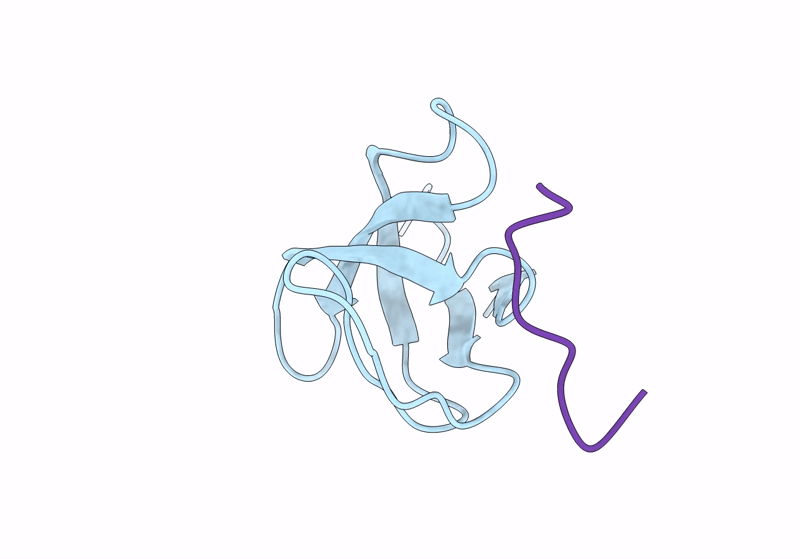
Deposition Date
2023-08-10
Release Date
2024-02-28
Last Version Date
2024-02-28
Entry Detail
PDB ID:
8KDX
Keywords:
Title:
Tau-S214 Phosphorylation Inhibits Fyn Kinase Interaction and Increases the Decay Time of NMDAR-mediated Current
Biological Source:
Source Organism:
Homo sapiens (Taxon ID: 9606)
Host Organism:
Method Details:
Experimental Method:
Resolution:
1.01 Å
R-Value Free:
0.18
R-Value Work:
0.17
Space Group:
P 21 21 21


